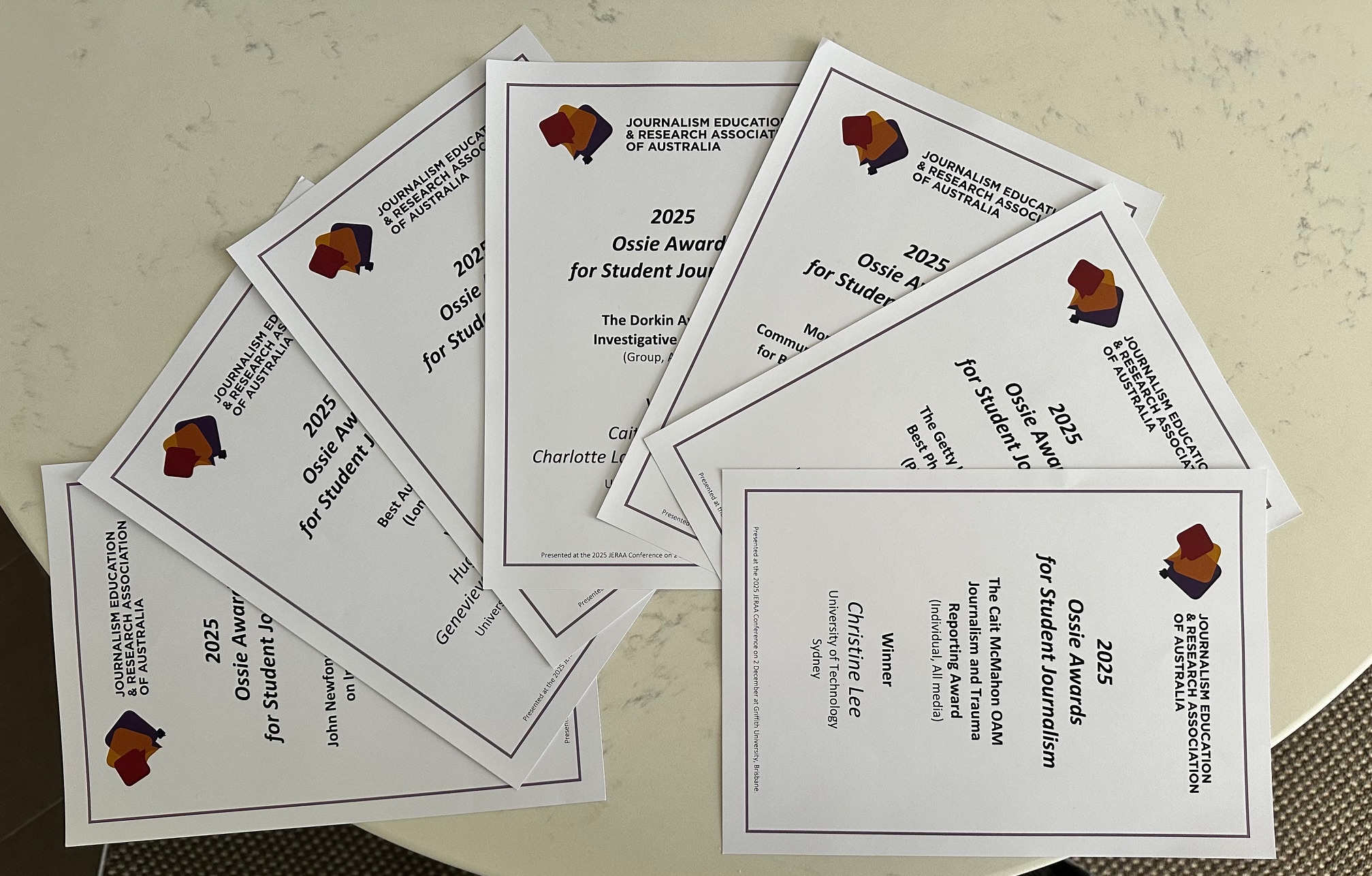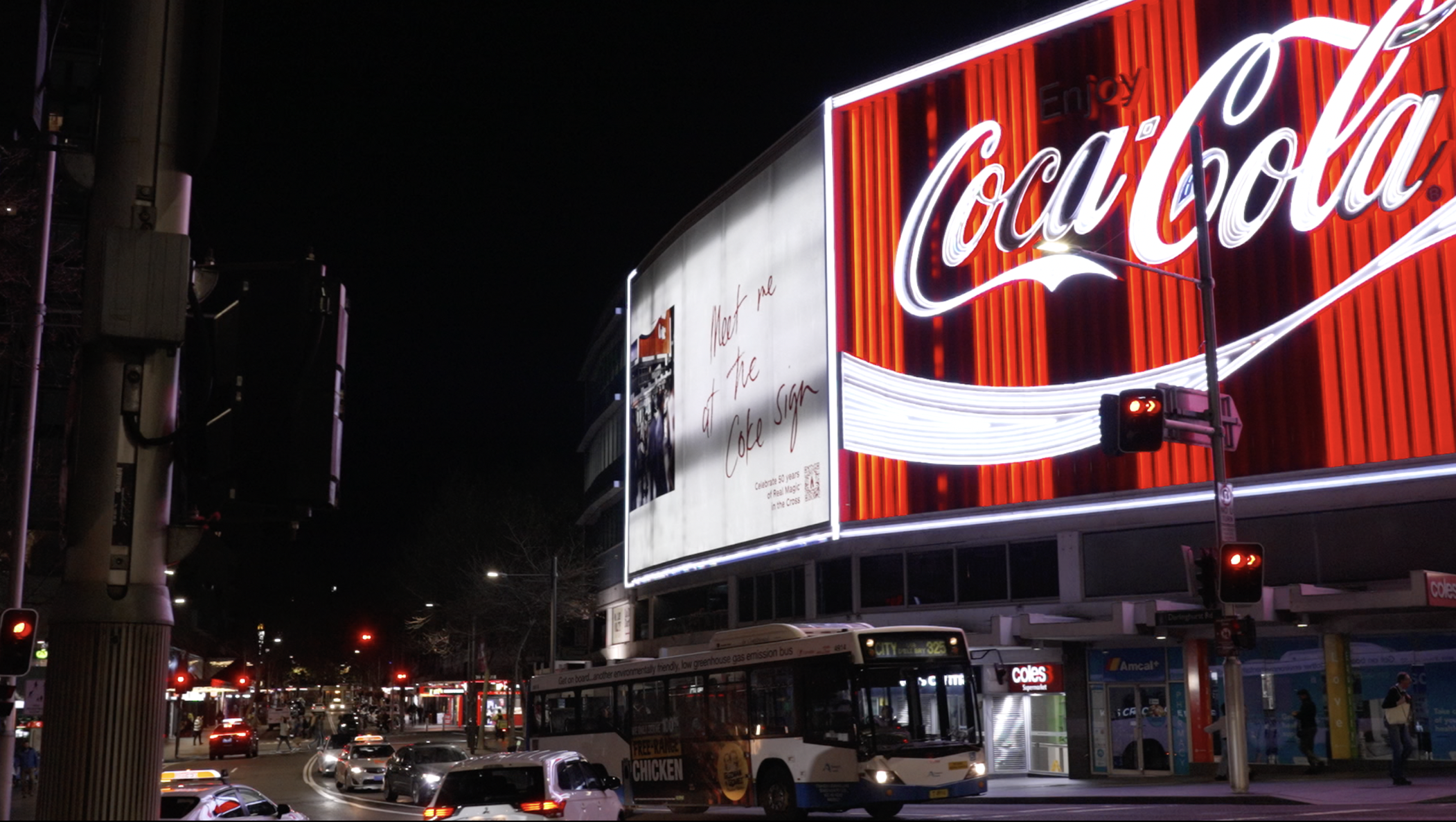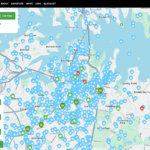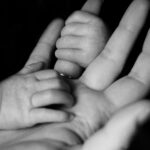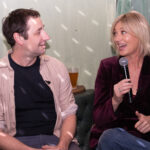Australia’s LGBTQIA+ history has often been reduced to a timeline of legal victories: the decriminalisation of homosexuality, the passing of anti-discrimination laws, and the achievement of marriage equality.
But according to a queer historian, everything that came before has been forgotten, despite the fight for queer rights continuing to endure.
For much of Australia’s history, queer people were not just marginalised, they were deliberately erased.
Criminalised by law, pathologised by medicine, and ignored by public institutions, LGBTQIA+ Australians were pushed to the edges of society and forced to navigate their identities in silence.
Dr Shirleen Robinson, president of the Pride History group and a leading historian of LGBTQIA+ life in Australia, has spent decades tracing this institutional neglect. A common thread throughout this history was not just an absence of tolerance or legislation, but an absence of memory.
“When we particularly look at the experiences of lesbian women, growing up in the 1960s, 50s or 40s, people talk about feeling like they were the only person in the world who might have these feelings,” she said.
I was a hot-headed university student and I thought, I am not a dog. I am not sniffing boundaries. I worked even harder to unbolt the door that he said was too hard for any of us to ever walk through.
That isolation was not incidental. It was cultivated by a society that refused to acknowledge queer existence, let alone queer history, said Dr Robinson. This silence had consequences that continue to reverberate.
“By not openly talking about these issues, and by not talking about the fact that LGBTIQ+ people have a history, then I think we do make people feel isolated and alone,” she said.
“And that can lead to problems with people’s mental health and general wellbeing.”
In 1972, the violence underpinning the silence of queer existence was undeniable.
Dr George Duncan, a British law lecturer who had recently been appointed to the University of Adelaide, was thrown into the River Torrens by assailants widely believed to be South Australian police officers. Dr Duncan drowned. No one was ever convicted.
According to archival newspaper reports from 1985, when the case was re-examined, former police officers admitted it was “standard procedure for some policemen to terrorise homosexuals”.
Public outcry following Dr Duncan’s death pushed South Australia to become the first state to decriminalise homosexuality in 1975.
However, the rest of the nation stalled. In many states, legal reform remained elusive well into the 1990s and with it, so did discrimination.
In 1997, Tasmania became the final state to decriminalise homosexuality, a move often framed as a belated correction, but according to longtime activist Rodney Croome, it was something far more significant: a national reckoning, led from the margins of community, not politicians.
“At the beginning of being involved in gay law reform in Tasmania, an older gay man said to me that it was too hard, Tasmania would never change, and that we just need to sniff around the boundaries and find where we might be able to make small inroads,” he said.
“I was a hot-headed university student and I thought, I am not a dog. I am not sniffing boundaries. I worked even harder to unbolt the door that he said was too hard for any of us to ever walk through.”

Rodney Croome, gay rights activist who fought to decriminalise homosexuality in Tasmania. Photo supplied.
Over three decades of activism, Croome has shaped some of the country’s most consequential reforms, from anti-discrimination legislation to marriage equality. However, he said legal change has never guaranteed remembrance.
The 1994 Toonen v. Australia case, in which the United Nations ruled Tasmania’s anti-gay laws a breach of human rights, pressured the federal government to override state legislation.
This moment, Croome said, “led directly to the introduction of the first LGBTIQ+ discrimination protections in federal law”.
The campaign behind that victory, however, had begun years earlier – not in courts, but on the street.
In 1988, the Tasmanian Gay and Lesbian Rights Group set up a petition stall at Hobart’s Salamanca Market. What followed would become a flashpoint in Australia’s queer rights history – a public showdown over censorship, criminalisation, and the right to protest.
“Yeah, there were arrests in 1978,” Croome said, referencing the now-iconic origins of the Sydney Mardi Gras.
“But in 1988 there were arrests in Tasmania, at Salamanca Market – arrests of people who were starting a gay law reform stall. 130 arrests, which may be the largest act of gay rights civil disobedience in Australian history – much larger than the Mardi Gras.”
At the time, Tasmania’s laws made “indecent practices between males” punishable by up to 21 years in prison, the harshest penalty in the country.

Rodney Croome outside Salamanca Market, Hobart, where gay rights activists were arrested in 1988. Photo supplied.
The arrests at Salamanca Market attracted international attention, mounting pressure on Tasmania’s government.
The state’s eventual repeal of its sodomy laws in 1997 wasn’t just symbolic; it was catalytic, according to Croome.
“To use a Tasmanian metaphor, it was as if a dam broke,” Croome said.
“And out-flowed all of this progressive legislation: anti-discrimination, relationship recognition, parenting laws, ultimately gender recognition – all ahead of the other states.”
But the state’s pioneering reforms, he added, were rarely acknowledged by larger states that “[didn’t] want to be seen to be following Tasmania”.
But for all the legislative wins, trauma lingered.
“Many of us had to confront the fact that under those old anti-gay laws, we lived in a police state,” Croome said.
“There’s a lot of trauma in our community because we had to fight really hard for basic recognition of our humanity, often with few, if any, allies.”
Most damning, he said, was the collective refusal to remember the legacy of early activists.
You might think [queer history] is all going to be grim and depressing, but people find each other, they find partners, they find lovers, they support each other, they laugh, and they have fun.
“Australians exercise all of their considerable faculties for amnesia,” Croome said.
“When it comes to the persecution of LGBTQIA+ Australians in the past, we’ve deliberately written it out of history.”
Dr Robinson recalled sneaking into a screening of Basic Instinct as a teenager.
“It was about a bisexual, ice pick-wielding murderer, but it was the only representation of a queer woman I had ever seen or was likely to see,” she said.
Even in the darkest periods of state-sanctioned homophobia, Dr Robinson said people still carved out sustainable lives.
“You might think [queer history] is all going to be grim and depressing,” she said, “but people find each other, they find partners, they find lovers, they support each other, they laugh, and they have fun – amongst this grim oppression that does exist.”
Dr Robinson was clear: remembering queer history isn’t just about trauma.
“[Queer people] were creative in how they joined together, how they managed to find each other and set up communities,” she said.
While queer people have carved out safe spaces for the community, Dr Robinson said there is no room for complacency.
“It’s not like a straight line where you don’t go back. There’ll be backlash,” she said.
“There’s never going to be a moment, I’m sorry to say, where we can put down everything and say, ‘well, we’ve done it.'”
“So maybe one of the points of studying our history is actually to take inspiration, and think about, well, this might be one of the most successful movements for social change in Australian history. How can we keep that going?”
Main image of 1978 Sydney Gay Solidarity Group march from Wikimedia/State Library of New South Wales.







